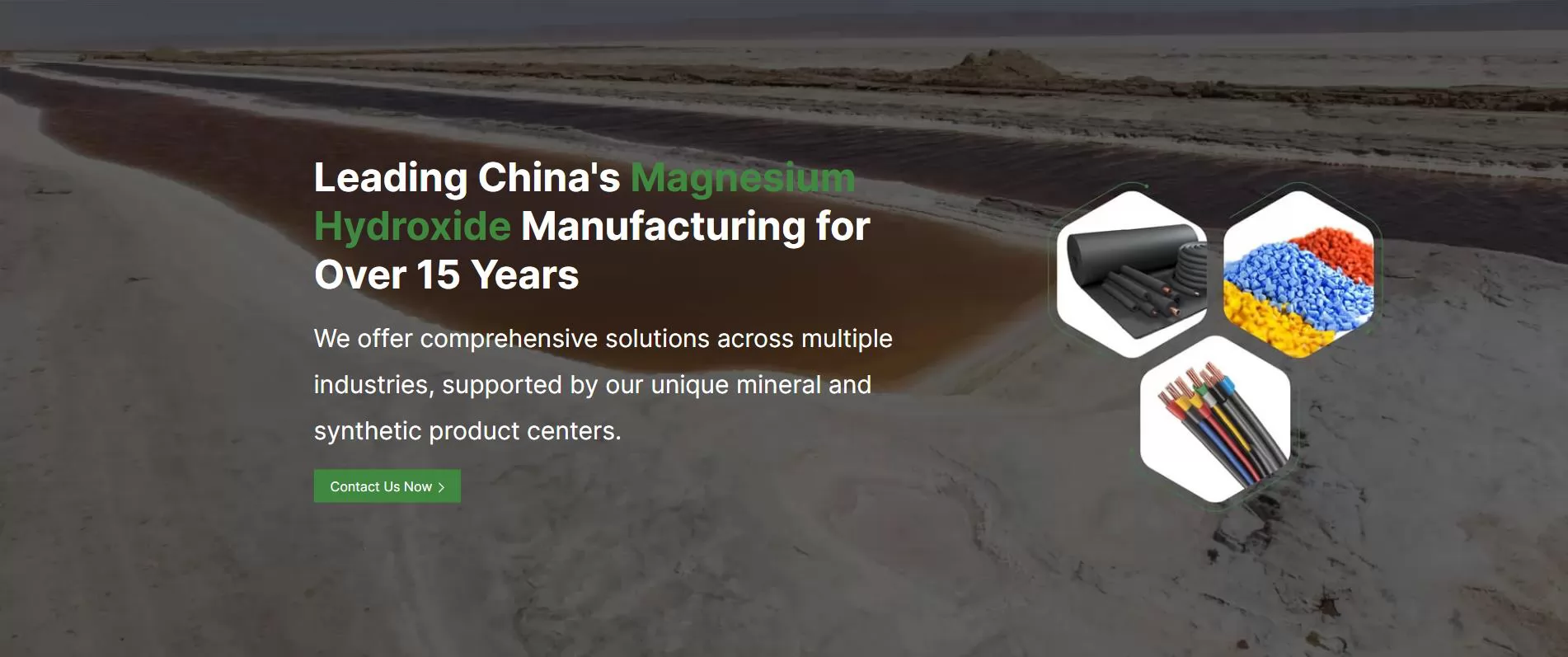


- Home
- About Us
-
Products
.png)
-
Application
.png)
-
Blog
.png)
- Contact us


Fiber to the Home (FTTH) Drop Cable: Your Guide to Next-Generation Connectivity
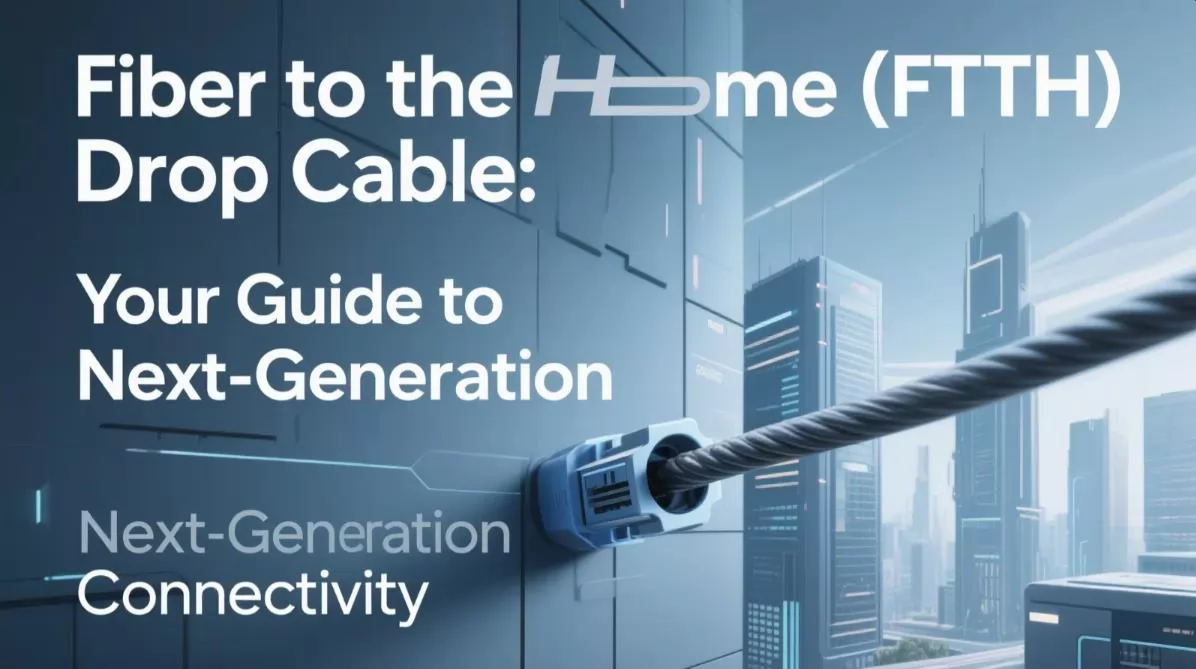
In an era of surging demand for high-speed internet, Fiber to the Home (FTTH) has emerged as the cornerstone of modern broadband networks. By replacing outdated copper cables, FTTH delivers ultra-fast, reliable connectivity directly to homes and businesses. At the heart of this infrastructure lies the FTTH drop cable, a critical component that connects the main optical fiber network to individual user access points. This comprehensive guide explores the role, types, benefits, and applications of FTTH drop cables, empowering you to make informed decisions for your network.
What is an FTTH Drop Cable?
An FTTH drop cable is a specialized optical cable designed for the final segment of an FTTH network. It bridges the gap between the main optical cable (at the branch point) and the end user’s premises, ensuring seamless delivery of high-bandwidth services like internet, voice, and video.
Key Features of FTTH Drop Cables
- Short Laying Distance: Typically spans less than 1 km, ideal for connecting sparsely distributed users.
- Low Fiber Core Count: Ranges from 1 to 24 cores, with 2–12 cores common for residential applications.
- Easy Installation: Pre-terminated designs allow quick splitting and connection, enhancing deployment efficiency.
- Versatile Applications: Suitable for underground (duct or direct burial) and aerial (overhead) installations.
- Durability: Engineered to withstand environmental challenges like moisture, UV exposure, and physical stress.
By distributing optical fibers from the backbone cable to individual endpoints, FTTH drop cables enable gigabit-speed connectivity tailored to modern digital demands.
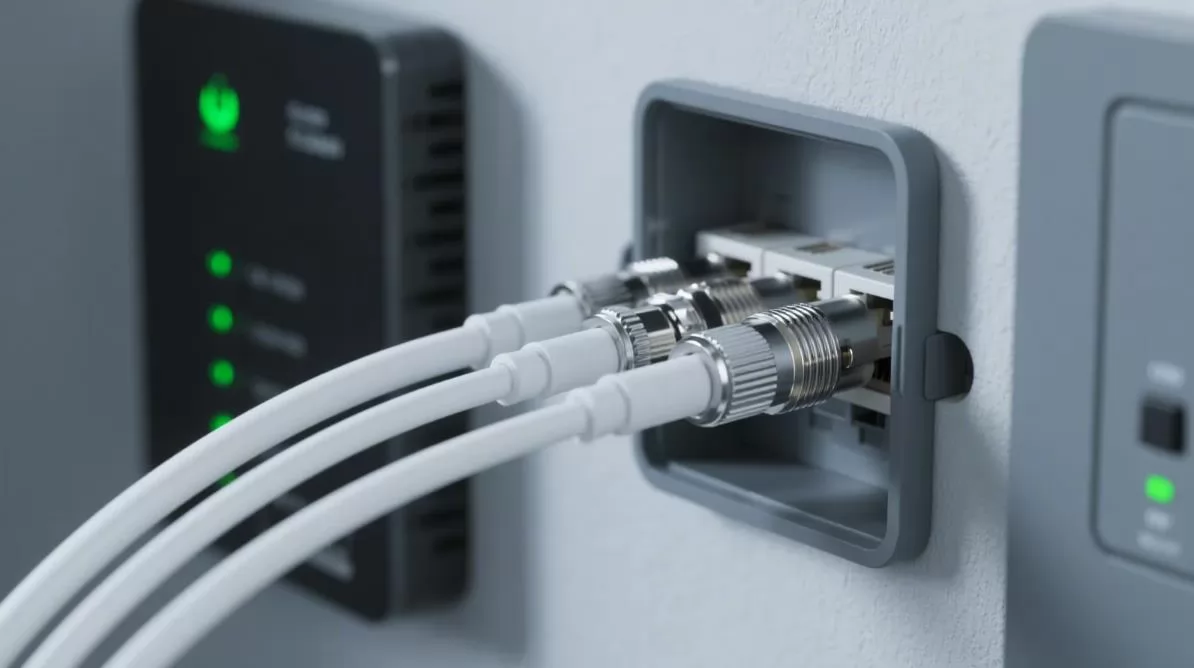
Why FTTH Drop Cables Are Essential
The global shift toward bandwidth-intensive applications—such as 4K streaming, cloud computing, and smart home technologies—has made FTTH networks indispensable. Unlike copper cables, which struggle with signal degradation and limited capacity, FTTH drop cables offer:
- Unmatched Speed: Support for gigabit and multi-gigabit internet speeds.
- Superior Reliability: Resistance to electromagnetic interference for stable connections.
- Future-Proof Scalability: Infrastructure capable of meeting evolving data demands.
- Cost Efficiency: Low maintenance and a lifespan of 20–30 years with proper installation.
- Environmental Resilience: Built to endure harsh conditions, ensuring long-term performance.
Whether you’re a homeowner seeking faster internet, a telecom provider expanding coverage, or an installer deploying networks, FTTH drop cables are the backbone of high-performance connectivity.
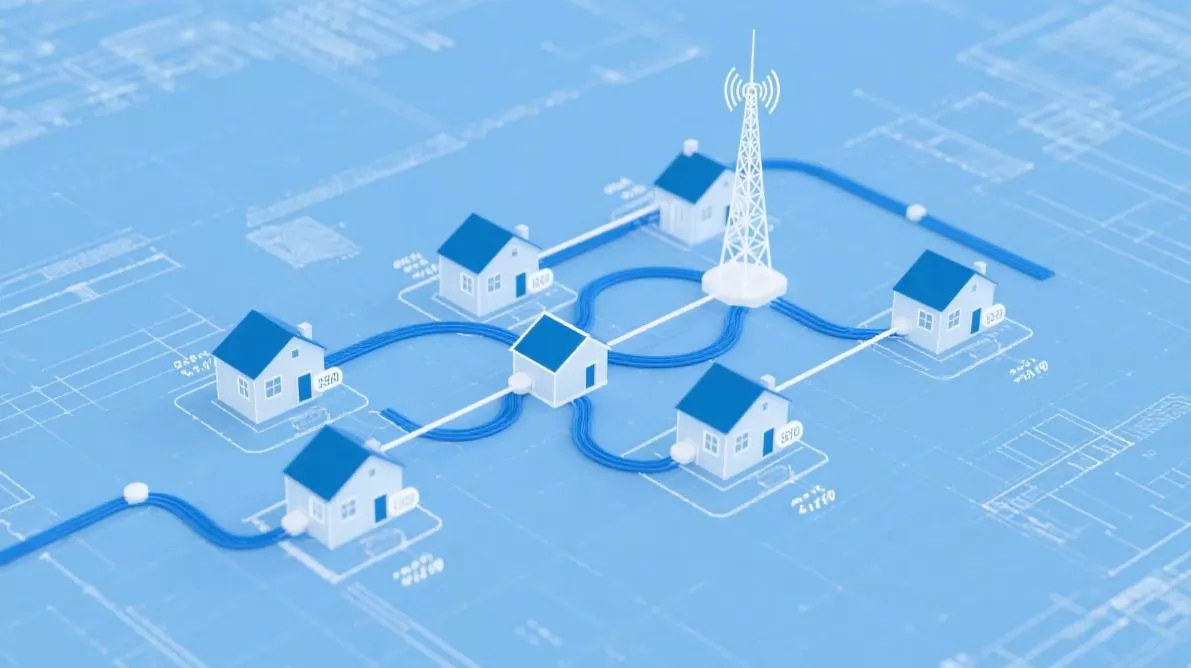
Types of FTTH Drop Cables
FTTH drop cables are categorized based on their installation environment: duct, direct buried, and aerial. Each type is engineered for specific deployment scenarios, balancing cost, durability, and performance.
1. Duct Optical Cable
Duct optical cables are installed within underground pipelines, offering robust protection in urban settings.
- Design: Non-metallic construction with a low-smoke halogen-free (LSZH) inner sheath and a polyethylene (PE) outer sheath for enhanced safety and durability.
- Fiber Count: 1–36 cores, with 12 cores being the most common for residential and small business use.
- Structure: Loose tube or small sheath designs for flexibility and ease of handling.
- Applications: Ideal for cities with established pipeline infrastructure, such as metropolitan areas.
- Benefits: Protection from moisture and physical damage, with LSZH sheaths ensuring safety in enclosed spaces.
2. Direct Buried Optical Cable
Direct buried cables are laid directly in the ground, perfect for areas without existing duct systems.
-
Types:
- Non-Metallic: Cost-effective, with modern designs rivaling armored cables in strength.
- Armored: Enhanced durability, resistant to rodent bites, insects, and environmental stress, but at a higher cost.
- Fiber Count: 1–12 cores, with 2–4 cores most common for residential installations.
- Applications: Suited for rural or suburban areas requiring shallow trench or pavement slotting installations.
- Benefits: Armored options provide superior protection, while non-metallic cables offer affordability without compromising quality.
3. Aerial Optical Cable
Aerial cables are suspended between utility poles or buildings, offering a cost-effective solution for overhead deployments.
-
Types:
- OPGW (Optical Ground Wire): Combines fiber optics with power line connectivity, used in utility networks.
- ADSS (All-Dielectric Self-Supporting): Fully self-supporting with no metal components, ideal for long spans.
- Figure-8 and Butterfly Cables: Compact, reinforced designs for short-span overhead installations.
- Fiber Count: 2–48 cores, typically featuring loose tube or small sheath structures.
- Applications: Perfect for suburban or semi-urban areas with existing pole infrastructure.
- Benefits: Lightweight, weather-resistant designs ensure reliable performance in exposed environments.
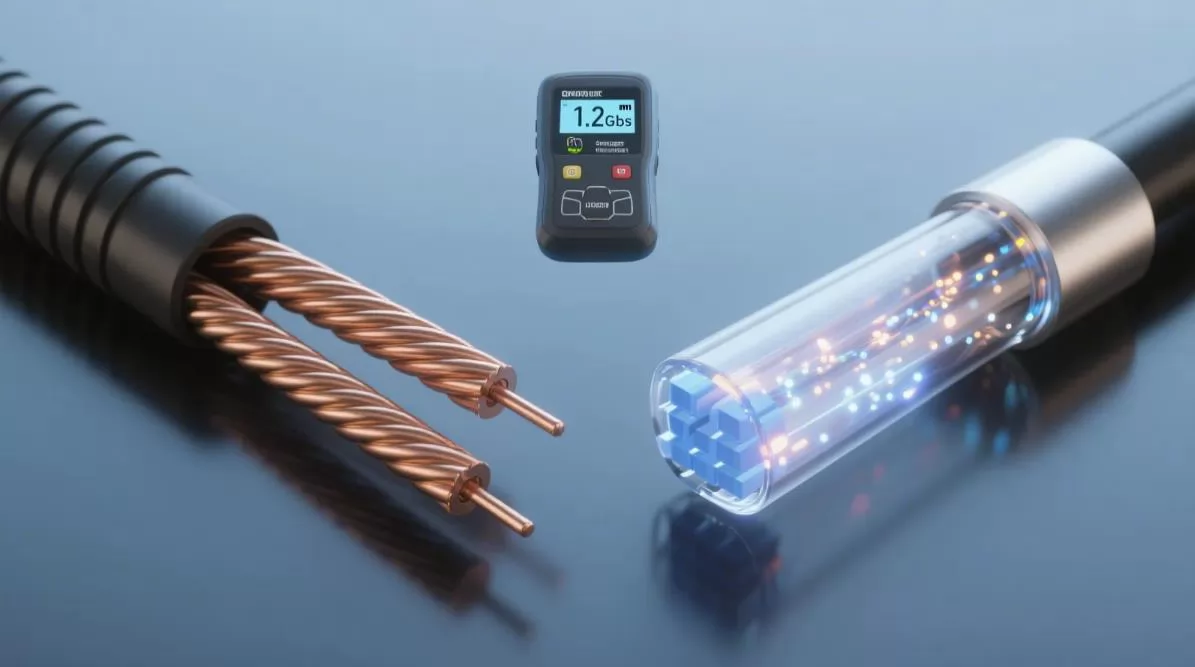
How to Choose the Right FTTH Drop Cable
Selecting the optimal FTTH drop cable requires careful consideration of several factors:
- Installation Environment: Duct, direct burial, or aerial, based on your infrastructure.
- Fiber Core Requirements: Determined by the number of users or devices to be connected.
- Budget: Non-metallic cables are cost-effective, while armored cables offer premium protection.
- Environmental Conditions: Consider exposure to moisture, rodents, UV rays, or extreme weather.
- Future Needs: Opt for scalable solutions to accommodate growing bandwidth demands.
Partnering with a reputable supplier like KMT Industrial can ensure you receive high-quality raw materials for durable, high-performance cables.

Advantages of Pre-Terminated FTTH Drop Cables
Pre-terminated drop cables come factory-assembled with connectors, streamlining installation and enhancing reliability. Key benefits include:
- Time Efficiency: Eliminates on-site splicing, reducing labor costs and deployment time.
- Consistent Performance: Factory-tested connections ensure minimal signal loss and optimal quality.
- User-Friendly Design: Plug-and-play functionality simplifies installations, even in complex environments.
- Versatility: Compatible with various connector types (e.g., SC, LC) for diverse applications.
Installation Best Practices for FTTH Drop Cables
Proper installation is critical to maximizing the performance and lifespan of FTTH drop cables. Follow these best practices:
- Plan the Route: Map out the cable path to minimize bends and physical stress.
- Use Appropriate Tools: Employ specialized equipment for cutting, stripping, and terminating cables.
- Protect Against Environmental Damage: Use weatherproof enclosures for aerial cables and rodent-resistant materials for buried cables.
- Test Connections: Verify signal strength and continuity post-installation to ensure optimal performance.
- Document the Setup: Maintain records of cable routes and specifications for future maintenance.
Why Choose KMT Industrial for FTTH Drop Cable Raw Materials?
At KMT Industrial, we provide premium chemical raw materials essential for manufacturing high-quality FTTH drop cables. Our products are:
- Certified Quality: Compliant with international standards for safety and performance.
- Customizable Solutions: Tailored raw materials for duct, direct buried, or aerial cable production.
- Expert Support: Backed by a team of industry specialists and 24/7 customer service.
- Sustainable Practices: Eco-friendly materials to support environmentally responsible manufacturing.
Contact us today to explore our raw material solutions and power your FTTH cable production!
Frequently Asked Questions (FAQs)
1. What is the difference between FTTH drop cables and feeder cables?
FTTH drop cables connect the main network to individual users over short distances with fewer cores (1–24). Feeder cables are high-capacity backbone cables designed for long-distance signal distribution.
2. How long do FTTH drop cables last?
With proper installation and maintenance, FTTH drop cables can last 20–30 years, depending on material quality and environmental conditions.
3. Are aerial drop cables weather-resistant?
Yes, aerial cables like ADSS and figure-8 designs are engineered with reinforced, UV-resistant materials to withstand wind, rain, and extreme temperatures.
4. Can I use the same drop cable for indoor and outdoor applications?
Some drop cables, such as those with LSZH sheaths, are suitable for both indoor and outdoor use. Always verify the cable’s specifications to ensure compatibility.
5. What is the cost of FTTH drop cable raw materials?
Costs vary based on material type, specifications, and order volume. Contact KMT Industrial at https://www.kmtindustrial.com/ for a customized quote.
Conclusion
FTTH drop cables are the linchpin of high-speed, reliable internet connectivity, enabling homes and businesses to thrive in the digital age. From duct and direct buried to aerial installations, choosing cables made with high-quality raw materials ensures optimal performance and longevity. KMT Industrial is your trusted partner in supplying the chemical raw materials needed to produce world-class FTTH cables.
Ready to transform your cable production? Visit https://www.kmtindustrial.com/ or reach out to our team for premium raw material solutions.
About KMT Industrial
KMT Industrial is a leading supplier of high-quality chemical raw materials for the cable manufacturing industry. Specializing in materials for FTTH drop cables, we provide innovative, reliable, and eco-friendly solutions to empower our partners in producing durable, high-performance cables. With a commitment to quality, sustainability, and customer satisfaction, KMT Industrial is your ideal partner for advancing telecommunications infrastructure. Join us in shaping the future of connectivity—contact us at https://www.kmtindustrial.com/ to discuss partnership opportunities!
Your Name*
Your Email*
-
2025-Apr-17Fiber to the Home (FTTH) Drop Cable: Your Guide to Next-Generation ConnectivityDiscover FTTH drop cables: types, benefits, and installation tips. KMT Industrial supplies premium raw materials for high-performance cables. Visit us!
-
2025-Apr-14Different Grade of Aluminum Hydroxide Mechanical Property CompareCompare mechanical properties of aluminum hydroxide grades (KMT-1, Albemarle 40CD, Martin 104L) in halogen-free flame-retardant EVA composites. Explore tensile strength, elongation, and LOI.
-
2025-Apr-11Top 10 Aluminum Hydroxide Manufacturers in 2025Discover the top 10 aluminum hydroxide manufacturers in 2025, offering high-purity products for flame retardants, pharmaceuticals, and more.


-

 +86-931-7653361
+86-931-7653361 Room 1212, 1213, Jinhe Building, No. 1264 Beibinhe West Road, Anning District, Lanzhou City, Gansu Province, China.
Room 1212, 1213, Jinhe Building, No. 1264 Beibinhe West Road, Anning District, Lanzhou City, Gansu Province, China. -
Quick Links
-
Products





